
Best Ladies Shoes for Plantar Fasciitis
Are those sharp heel pains ruining your mornings and causing pain through the day? This guide will help identify the presence of plantar fasciitis and share how the right orthopaedic shoes and simple techniques can provide much-needed relief.
What is Plantar Fasciitis?
If your morning footsteps are accompanied by sharp heel pain, you may be dealing with plantar fasciitis. This common condition causes inflammation where the thick band of tissue on the bottom of your foot (the plantar fascia) meets your heel bone. Over time, damage becomes chronic resulting in a thickening and degeneration of the fascia, known as plantar fasciopathy.
Plantar fasciitis can occur at any age and presents as an overuse injury due to repeated micro-tears that can happen after any trauma. Risk factors include age and a reduction in elasticity, hormonal changes throughout the lifespan, other injuries changing our walking cycle, weight gain, changes in lifestyle or activity levels, poor footwear or other biomechanical changes.
How Shoes Can Help?
If that stubborn heel pain has you limping through mornings, be assured you don't have to suffer indefinitely. Choosing shoes incorporating supportive features can help relieve your foot pain. For busy people juggling jobs and families, the last thing needed is foot pain holding you back.
Look for shoes with cushioned heels and soles to absorb shock from hard surfaces. Adequate arch support and stability are also important, as plantar fasciitis often stems from fallen arches, known as pronation. With shoes addressing these key areas, the microtrauma placed on the plantar fascia with each step is reduced. This allows irritated tissue time to heal without added exacerbation. Finding the right pair means being able to face each new day on your feet with renewed comfort and confidence.
3 Things To Look For When Choosing Shoes for Plantar Fasciitis
Cushioned Support
A shoe with extra padding in the heel and sole takes the pressure off tender areas. Look for components like gel or air cushioning to absorb shock with every step.
Arch Support
Arch support aligned with your foot anatomy takes the pressure off the plantar fascia. Built-in or removable arch support insoles provide extra targeted support directly under the arch.
Rigid Heel
A rigid heel counter controls the rearfoot and helps prevent overpronation as you walk or stand which strains the fascia. The stability features of shoes hold their shape with every step.
Our Recommendations for Plantar Fasciitis Footwear
Sneakers
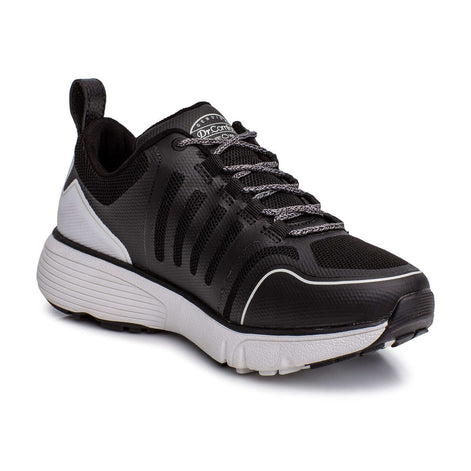
Dr Comfort Grace Women's Sneaker
This walking sneaker offers firm arch support, gel cushioning, and responsive cushioning to absorb impact. Breathable fabric keeps feet cool and comfortable for daily walks or long days on your feet.
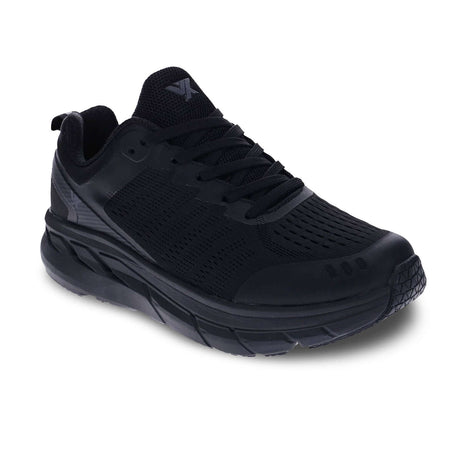
VitaSole Vx Walker Unisex Sneaker
This comfortable, lightweight walking shoe has amazing underfoot comfort and a slight meta-rocker outsole. It's a great option for all-day wear.
Casual Sneakers
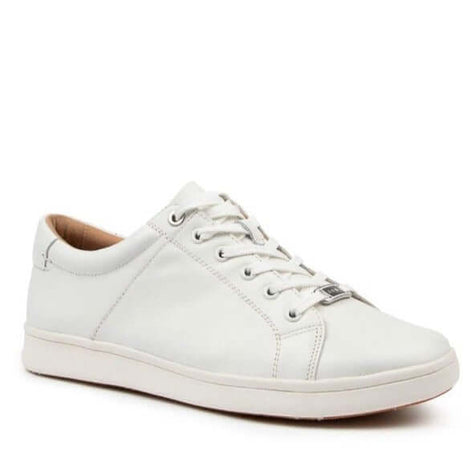
Ziera Delilah Women's Casual Sneaker
This premium leather sneaker is fitted with an active comfort footbed with arch support and shock-absorbing cushioning. It provides stabilising support for active days.
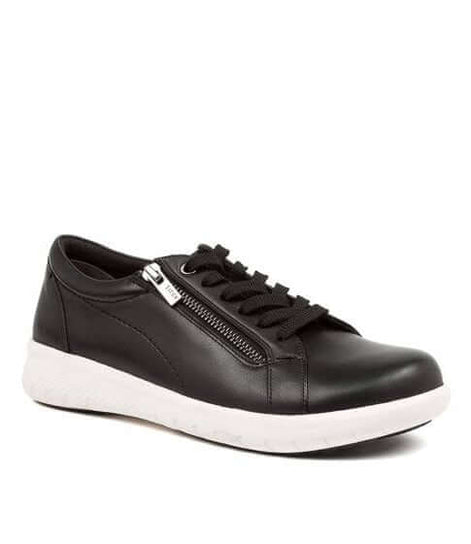
Ziera Solar Women's Casual Sneaker
This chic slip-on sneaker is designed for comfort on the go, with a supportive footbed and luxe leather upper. It's ideal for busy days out.
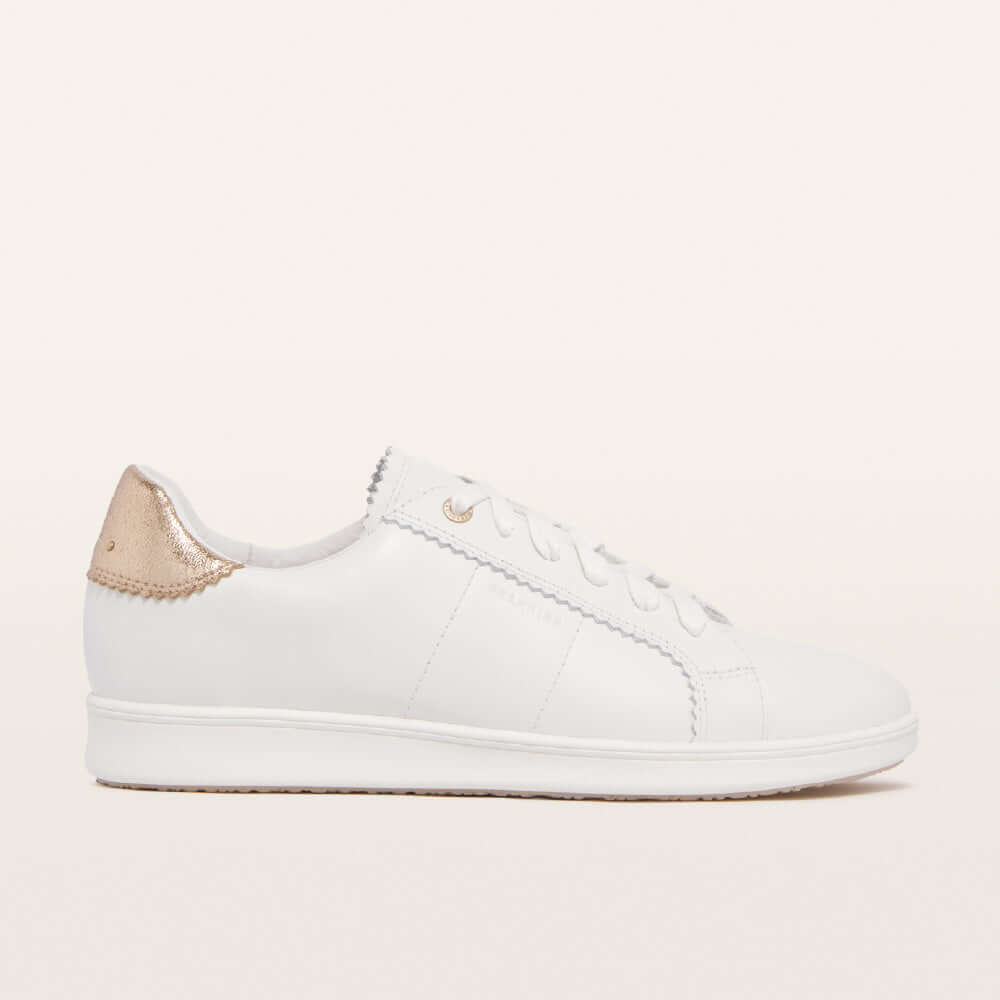
Frankie4 Jackie IV Women's Sneaker
This sneaker champions the finer details with its luxurious leather, cushioning and triple-layer support system. It future-proofs both fashion and feet.
Office Shoes
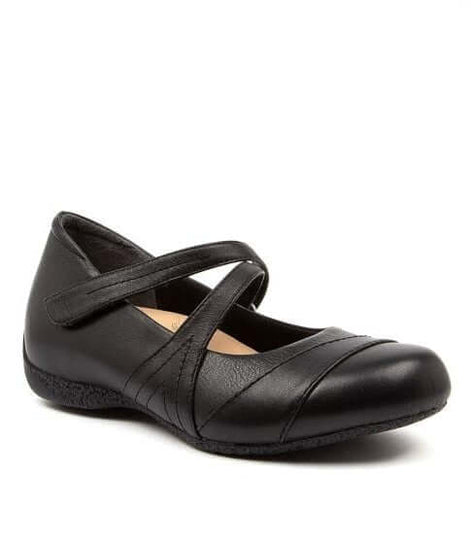
Ziera Xray Women's Mary Jane Shoe
This Mary Jane style has convenient rip-tape fastenings for a custom fit and a removable, supportive footbed. It's designed for comfort and support.
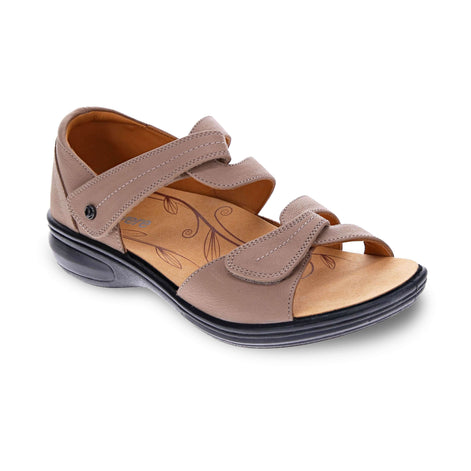
Revere Geneva Women's Sandal
This closed-heel sandal has adjustable straps, premium leather, and arch support and is orthotic-friendly. It provides stability for active summers.
Tips For Plantar Fasciitis Relief
Proper Shoe Fitting
Proper shoe fitting is crucial for managing plantar fasciitis symptoms. Shoes shouldn't be too tight, putting excess strain on swollen tissues. They also shouldn't be too loose, allowing the foot to slide around inside the shoe. Taking the time to ensure shoes fit well can help reduce added pressure and irritation.
Warming Up Before Activity
Taking the time to stretch and warm up the plantar fascia before exercise or being on your feet is recommended. Simple calf and arch stretches can help relax and loosen inflamed connective tissue. Just a few minutes spent warming up can lessen pain later in the day. Doing these stretches before you get off the bed first thing in the morning prepares and warms up the plantar fascia for the rest of the day.
Using Orthotics and Heel Pads
Orthotics and heel pads provide targeted arch support, redirecting pressure away from the plantar fascia attachment point. Over-the-counter options are readily available, though custom orthotics fit by a podiatrist may be preferable for severe plantar fasciitis. Extra support can help relieve symptoms and offload the plantar fascia
Ice Massage for Inflammation
Applying an ice pack or frozen water bottle wrapped in a towel to the heel and arch helps reduce swelling. Inflammation exacerbates plantar fasciitis pain, so icing for 10-15 minutes several times per day can ease discomfort. The cold temperature constricts blood vessels to diminish inflammation and therefore reducing the pain
Gradual Activity Progression
When plantar fasciitis flares, it's best to gradually increase activity levels rather than going from couch to marathon overnight. Allowing adequate rest periods by elevating feet during breaks at work or home gives inflamed plantar fascia tissue a chance to recover between activities or stress.
Top Shoe Pick Recommendation
After assessing all the supportive characteristics, the Ziera Solar casual sneaker stands out as a top pick. With its supportive footbed, luxe leather upper, and slip-on design, it delivers comfort and stability throughout the day. For those dealing with plantar fasciitis, the Solar's cushioning and arch support helps absorb impact and reduce foot fatigue. Don't forget your self-care routines either to expedite recovery.
Speak With A Podiatrist
While proper footwear and self-care techniques can significantly relieve symptoms, seeing a podiatrist is recommended if pain persists for more than a few months with no improvement. A podiatrist can do a thorough biomechanical assessment to treat any foot posture or loading issues that are causing the pain at the plantar fascia region. A professional examination can also discover any complicating issues and custom orthotics or other medical interventions may offer relief when over-the-counter methods don't suffice. With the right blend of shoes, strengthening, stretching, orthotic therapy and rest, plantar fasciitis is manageable.



Leave a comment